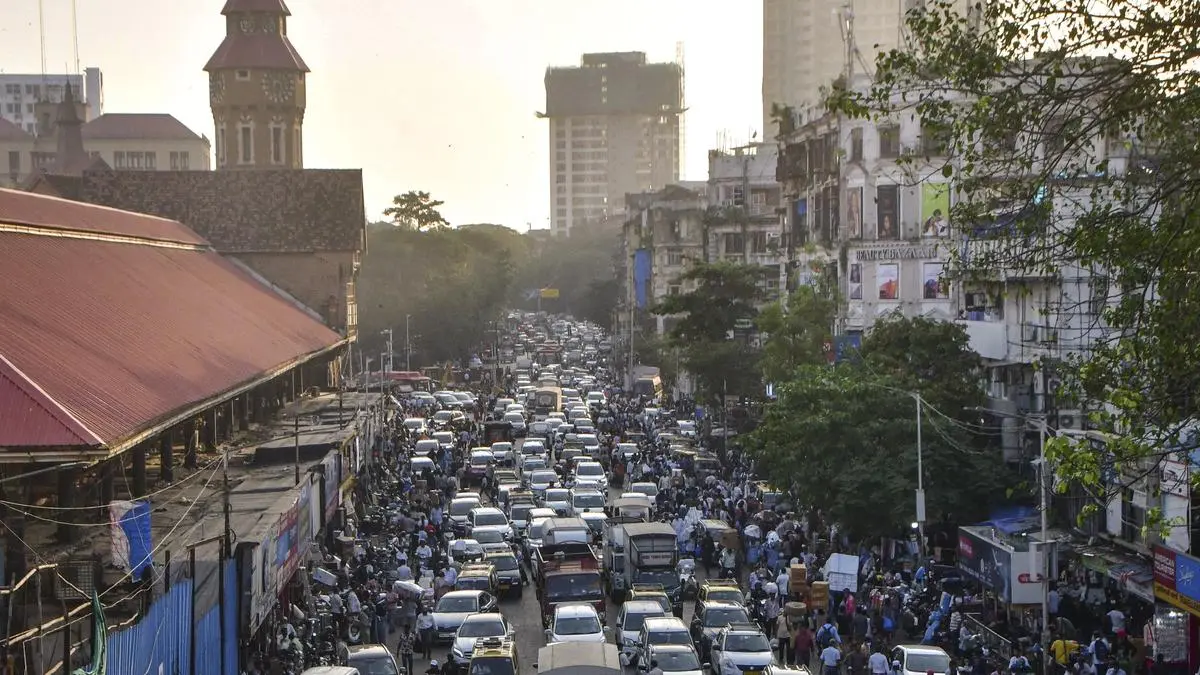Copyright thehindubusinessline

Subodh Mathur When India’s economy began ticking up in the 1980s, our focus was on the benefits of economic growth, and this has persisted. Few people then thought about the adverse effects of increasing prosperity on the environment and people’s health. The Union and State governments did not design and enact countervailing policy measures, and there’s no sense of urgency even today. The result is that India’s increased prosperity has proved to be more toxic than we had imagined. An embarrassing symbol of the loss arising from New Delhi’s polluted air, which has reduced local life expectancy by several years. We should have seen it coming. The production of industrial goods and modern services at scale often leads to emissions that worsen air and water quality. For example, in 1858, the Thames suffered “The Big Stink.” In 1943, Los Angeles had its first major smog attack. India’s own experience was flashing warning signals. In the late 1970s, HYV crops were polluting our soils and depleting groundwater in many places. By the 1980s, the Ganga had become so severely polluted that the Union government launched a “Clean Ganga” scheme. In 1985, environmental activists filed their first PIL in the Supreme Court. They turned to the Court because they saw no government willing to take any countervailing steps. Much later, governments did react to such crises, but took hardly any meaningful preventive steps. Now, many of our watersheds, airsheds, and soils are polluted in multiple ways. Scattered garbage litters our cities because they have so many more people, and each person has more to throw away. Health impact These developments have hit people’s health indirectly. However, increasing prosperity has also had a direct impact on people’s health. One of them is rising obesity. People have increased their consumption of food and drinks without enough offsetting physical activities. These indulgent lifestyles have led to a rapid rise in diabetes, which has penetrated even into rural areas. In the 1980s, only about 1 per cent of the rural population had diabetes; now it is higher than 10 per cent. Second, the increasing penetration of smartphones, along with cheap digital data, has significantly changed Indians’ social lives. Indians, young and old, are spending countless hours on their smartphones. The phones have brought benefits, but they have also increased unhealthy loneliness. India is not alone in facing rising obesity or loneliness. But we are not taking any serious, effective steps to counter them. Market forces have worsened the situation. They have propelled India into a large-city growth model. Now, the 10 largest cities together account for more than 25 per cent of our GDP, higher than the contribution of the entire rural population. The population of India’s emerging large cities — Bengaluru, Hyderabad, and Ahmedabad — has increased faster than India’s total urban population growth. Delhi NCR, Mumbai, and Chennai also have high population growth rates, despite already being large and crowded. This has created a backlash in cities. Municipal services — particularly water supply, rainwater drainage, traffic flow, and garbage collection — inevitably lag behind, even as governments invest in Metro systems and promote smart cities. Apart from unhealthy air and polluted/depleted water bodies, we also have exhausting commutes and daily frustration. In short, India’s GDP growth model has led to an unmanageable, unhealthy urban concentration. India is racing to increase its GDP. This will be beneficial, but it will lead to even higher side effects unless there are some changes in the growth model. India will continue to urbanise; there is no going back to the India-lives-in-villages days. Large cities will continue to attract skilled professionals with facilitative ecosystems, and plenty of lower-skilled people to provide them services such as home cleaning, building security, and home delivery. These people will keep coming to large cities, despite their daily hassles. Small-city growth One way out is to begin to shift to a dispersed urban concentration model. It is feasible to promote higher economic growth in India’s smaller cities. This small-city growth cannot be based on trying to relocate firms from large cities; this will not work. Instead, this growth has to be based on exploiting the nascent local opportunities, mitigating some key constraints, while taking advantage of the existing human, digital, and physical infrastructure, which is far better than in rural areas. India uses the term MSME to lump together Medium, Small, and Micro enterprises. It’s a misleading aggregation. Medium firms are less than 1 per cent of all MSMEs but create the same total output as the Micro firms, which are more than 95 per cent of total MSME firms. The smaller towns typically have some Small and mostly Micro enterprises. Further growth will have to come from the more motivated Small and Micro enterprises. They will need somewhat customised support, which is difficult under government schemes. Thus, some workable combination of government and non-profit support is needed to unlock the potential of these enterprises. This will lead to dispersed urbanisation. While large cities will continue to grow, the smaller towns will also expand rapidly, starting from a low base. This change in the economic model will mitigate some of the problems of the current model. Additional policies will also be needed to tackle public health issues like loneliness and obesity, and more environmental protection policies will also be needed. In this way, Indian economic growth will occur without major toxic side effects. The writer is an economist with extensive practical public policy experience Published on October 31, 2025



